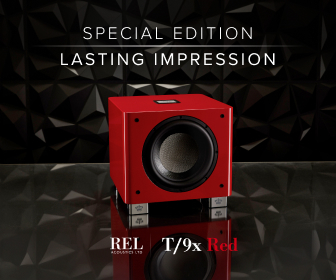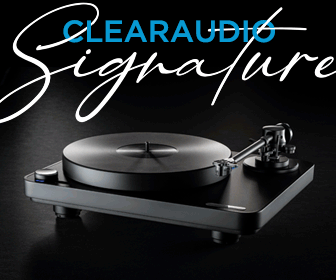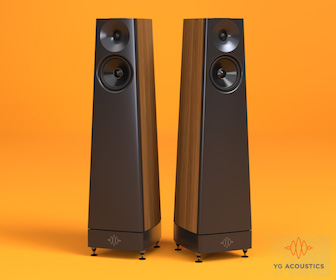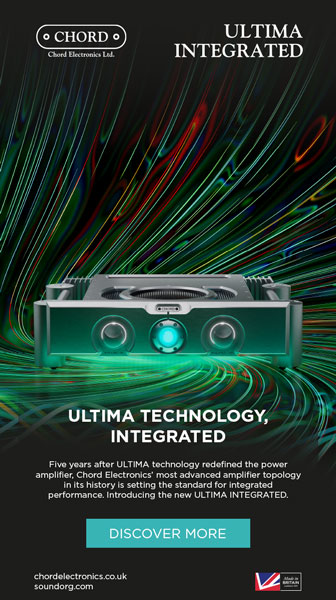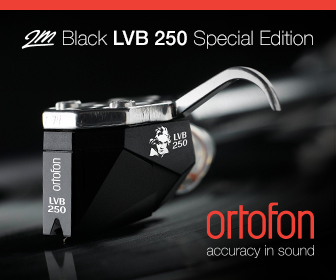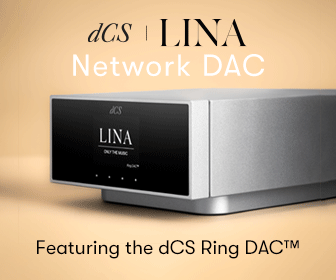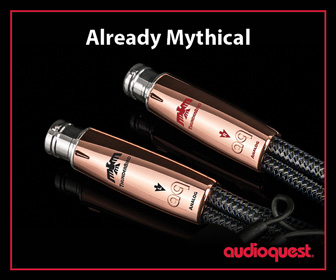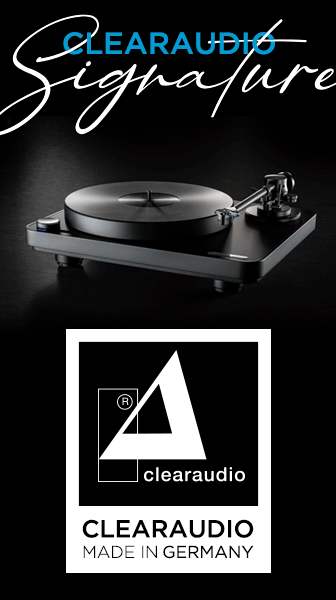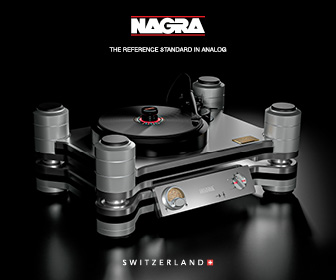Schiit Skoll is a Schiit Showcase
balanced discrete class A zero feedback MM/MC phono preamp
Schiit's Skoll phono preamp is a wonder of miniaturization and efficient product design, that much is certain. The photo makes it appear larger than it really is, which is approximately 9"x6"x1.5". Now, that's compact and perhaps not unusual in itself but consider that it features both single-ended and balanced XLR inputs and output connectors. There's even a multi-pin jack for the special wall-wart that provided the chassis both 24VAC and 6V AC plus a ground lug and an on/off toggle switch. That's a tight rear panel fit, but not so tight that you will have trouble plugging everything in.
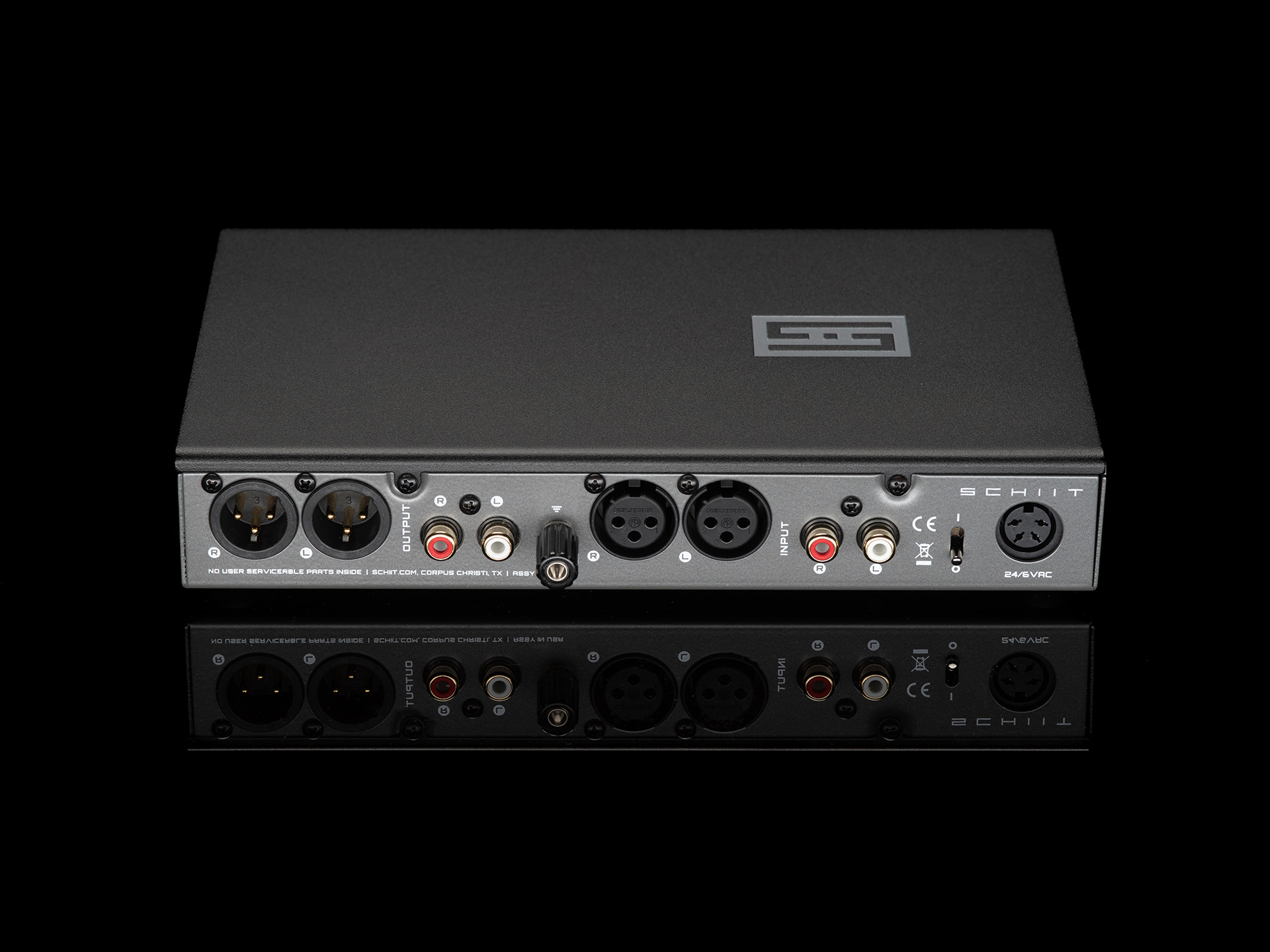
The front panel too is a miniaturization wonder though some/many might find difficult reading the tiny silkscreened letters and icons associated with the fourteen equally tiny LEDs associated with each one. It's hardly a burden though because all of the adjusting is done via the supplied remote control. If you misplace it, it's possible to control settings from the front panel.
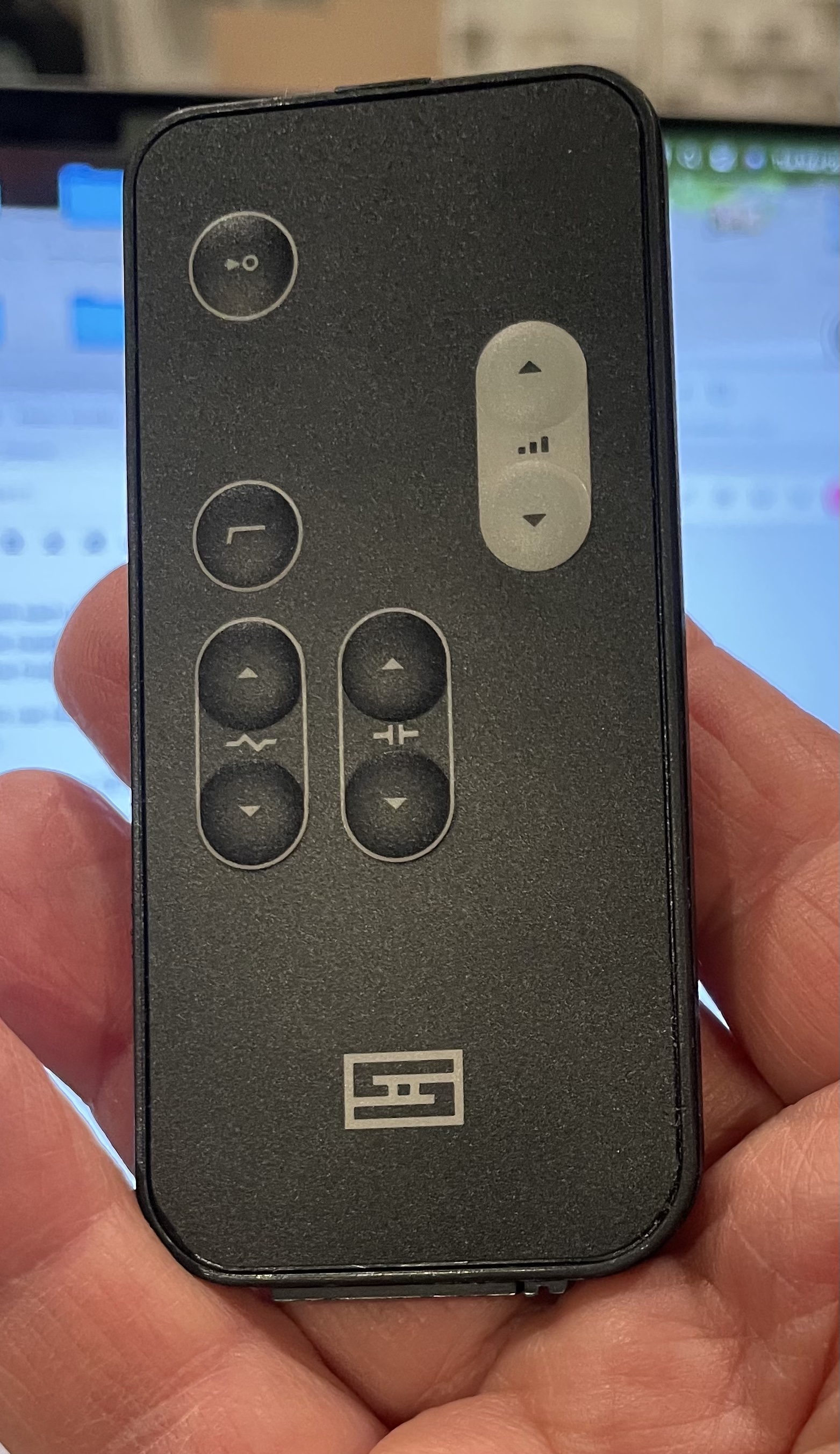
You're going to want to use the remote control because from it, sitting in your listening chair you can:
Select input: choose balanced or SE input
Change gain: choose 40, 50, 60, or 70dB
Change resistive loading: Choose 47k, or 10, 50, 100, or 150 ohms
Change capacitive loading: choose 50, 100, 150, or 200pF
Select LF filter: choose no LF filter, or engage the 2-pole/15 Hz passive network
That is a full feature set and as you can see, with 70dB of gain, the Skoll can deal with the lowest output cartridges, at least theoretically. Given its $399 cost perhaps you're thinking, "With all of those features and functionality, what's inside must be off the shelf op-amps and lots of negative feedback to keep distortion honest".
But not so! Instead the circuitry is fully discrete, with differential Class A, zero-feedback gain stages and a fully passive RIAA network. The gain stage is a "compound JFET-BJT pair running on massive 64V rails for enhanced linearity and freedom from overload". Schiit claims over 100dB S/N ratio (for 40dB of gain), with of course lower numbers as gain increases.
The single-ended and balanced relay-switched inputs can be used for two arms and/or turntables. To keep the Skoll noise and interference free, the relay power supplies are "post-filtered" and the microprocessor turns off when not in use.
 The inside Schiit
The inside Schiit
What's more, Schiit wants you to know that the Skoll was designed and built in Texas at the company's Corpus Christie facility and that the "vast majority of the production costs—boards and chassis—go to United States companies manufacturing in the USA—chassis in California PCB boards in Nevada. The wall wart is from overseas. Skoll comes with a two year parts and labor warranty and if you don't like how it sounds you can return it within 15 days of your receiving it and get your money back minus a 15% restocking fee.
Set-Up and Use
If you buy a Skoll be sure to immediately plug it in, hook it up and play music through it because "out of the box" at least based on my experience, while it will sound pretty good, you really won't know what it will eventually sound like. If you have an RIAA reversal thingie, like Hagtech's $49 iRIAA2 put it to use with a CD or DVD player on repeat. Out of the box the Skoll sounds a bit transient hard and with truncated decay like an M&M shell without the nice chocolate innard. Once broken in it's a very different sonic story.
Upon turn on the LEDs do a little back and forth dance as they will do when you change other settings. I ran the Skoll in front ends and cartridges it's not likely to ever work with in the real world: the OMA K3 prototype turntable with SAT CF1-12 arm and the new Mo-Fi Masterdeck turntable currently under review. I also used the Supatrac Blackbird tonearm with two high quality DIN to balanced XLR plugs. Cartridges included the Lyra Kleos SL and Atlas Lambda SL, the Ortofon Verismo and from India and also under review the EBI Audio KHUMAR. I ran Skoll balanced "out" through most of the review period and for a very short time "balanced in", but more about that later. Set-up was simple and use even simpler thanks to the remote control.
Skoll Sound
Probably the most difficult cartridge to drive of the ones I used was the .2mV output Ortofon Verismo. The Skoll had more than sufficient gain and set the music backgrounds as quiet "as advertised". More importantly the Skoll delivered from $6995 Verismo an impressive amount of its potential detail, especially in terms of sustain and decay, thanks to the quiet backgrounds and overall transient clarity and unusual at this price point precision.
The Alternate Blues reissue arrived yesterday (Pablo Today/Analogue Productions APJ 152) and after playing it on the big Wilson-Benesch GMT 1/CH P10 combo, which was a wow experience, it went on the MoFi Masterdeck/Verismo combo into the Skoll. Of course a ridiculous and unfair comparison but it demonstrated that the Skoll's "issues" were of omission and not commission because the playback was 100% enjoyable and nothing bothersome ever intruded upon the listening pleasure, though thinking about the $399 price tag for the given sonic pleasures only added pleasure.
"Alternate Three" (this is an album of outtakes from Trumpet Summit) features Dizzy Gillespie's muted trumped center, Joe Pass right channel, Ray Brown center, and then after a bunch of bars, Ella's drummer Bobby Durham enters also in the center followed by Oscar Peterson in the left channel. Everything sounds "right", though diminished and less vibrant and "completed" than through the big rig, but when Freddie Hubbard joins on the right channel, he's immediately recognizable as is Clark Terry's more mellow toned muted trumpet in the left channel.
The timbral presentation was complex, involving and enjoyable. Trumpets sounded convincing, cymbals rang true, with properly sharp transients free of etch, glare and other budget gear sins. The biggest omission was in the very deep bass and mid bass, which were nonetheless nothing short of very good and cleanly rendered. The kick drum room filling slam was less than fully developed as expected but how many people are going to be using Skoll with big, full range speakers?
Switching to the K3/SAT/EBI combo produced a completely different and expected sound that confirmed the Skoll's pleasingly colorless personality. The EBI features an Ebony wood body, a .3mV output and a Shibata stylus/boron cantilever assembly that's probably manufactured by Orbray (formerly Adamant/Namiki). It delivers a lot of detail thanks to the Shibata stylus/boron cantilever assembly combined with a pleasing warm but well-balanced flavor probably due to the wooden body.
Playing the same The Alternate Blues re-issue produced a totally different overall sound, almost as if a tube phono preamp—a really well-balanced one had been substituted for the Skoll. The muted trumpets still seared, but not quite as intensely. Cymbals still sizzled but with a bit less bite and the studio space responded with a bit more kick drum force. A very different but equally pleasing presentation. Not that the Skoll was "chameleon-like". It just did a very good job of presenting the EBI's warmth.
Even better was the EBI/Skoll combo's performance on Lang Lang's recent Saint-Saëns two-fer (Deutsche Grammophon (485 9227). It's a delightful all-French program featuring "Carnival of the Animals", Saint-Saën's Piano Concerto No.2 in G Minor, some popular Ravel (Pavane for a Dead Princess), Debussy and others, performed with his wife Gina Alice and Leipzig's Gewandhausorchchester conducted by Andris Nelsons. There's a lot more to talk about here, but that will have to wait for the record review. If you've seen Lang Lang promoting this vinyl release on Instagram you know, no one's taught him how to properly hold a record! He's got his fingers all over the grooves!
The recording is full bodied and dramatic but unfortunately the piano takes up the entire width of the soundstage as you might expect from Liberace. I mean, it's dizzyingly big. And the Skoll produces a reasonably big soundstage, especially with a cartridge like the EBI. Lang Lang hardly needs to be heard that "big" to grab our attention! The EBI's presentation of this double record set was rich, warm and inviting with plenty of transient clarity, detail and macro-dynamic punch and a big stage. I don't think anyone listening here would guess the sound was produced by a $399 phono preamp.
There's no point in shining a spotlight on what you don't get for $399 because what you do get is so impressive and without easily identifiable faults, and what you don't get is a series of checklist items all reduced in scope and scale compared to what you get when you spend far more money.
"Balanced In" Issue
Normally if a first sample of a review product has an issue i ask for a second sample and if that one is fine I let it go. The first Skoll produced equally fine results in single-ended mode "in" but for some reason it passed D.C. balanced "in". The symptom of that if you've not experienced it, is the speaker drivers alarmingly suck in and out. When you see it, you shut it all down, check your cables and start again. I couldn't alleviate the problem so I returned the review sample and requested a second one.
This second one had the same issue in my system and I'm not sure why but here's what I did: I had two very fine DIN/XLR cable sets, both costing way more than the Skoll and both of which I've previously use without a problem. Both produced the same D.C. issue. Then I ran single-ended RCA cables into a pair of RCA/XLR adapters and there was no problem—just minor hum I was able to eliminate, though of course the major benefit of running balanced should be the elimination of hum, so I do not know what this was all about.
But you know what? While it's impressive that Schiit was able to produce a balanced in and out $399 phono preamp, how many end-users are going to have balanced electronics in their system and more to the point, how many will have XLR terminated phono cables coming from their turntables? The former, perhaps a few, the latter? I bet none. Since few will run the Skoll balanced "in" and balanced "out", and since the balanced "out" worked as designed, I don't regard this experience as a deal breaker or a problem of any kind —unless your turntable's cables terminate with balanced XLR plugs. Perhaps Schiit will respond with why this happened twice.
Conclusion
The balanced "in" issue aside, Schiit's Skoll is a remarkable product, performance and price wise, never mind the versatility and remote controllability. And it's made in USA. I can't think of another phono preamp under $500 that offers balanced "in" and "out", remote controllable gain, loading and high pass filter and two switchable inputs (one balanced, though with adapters you can run a second single-ended set of cables).
If it doesn't sound good, what good is all of that versatility? The Skoll definitely sounds very good. It's super quiet, has plenty of gain, very low distortion and outstanding measured and heard channel separation. Plus with its usefully low 10 ohm output impedance it should be at home in any system.
I'd definitely run it with a cartridge somewhat on the slightly warm and slightly soft side, for instance a smooth sounding Ortofon Quintet Bronze S MC ($799) rather than the more detailed $1099 Quintet Black S. Or a Hana EL ($475) or something like a Grado Opus 3 L ($300). That Grado and Skoll combo totals $700 and that will give you ridiculously pleasing sound. Go up to the Grado Sonata 3 ($600) and you're still at a grand. There are good choices from Sumiko, Soundsmith and others that will still get you in at under $1000. You can order a Skoll directly from Schiit. If you're in the market for an under $500 phono preamp, why would you not? If you don't like it you can return it and get most of your money back.
Specifications
Gain: enough for all turntables, all cartridges
Noise: insanely low for a turntable, you'll be hearing the pops not the hiss
Distortion: 10-100x lower than any record you'll play
Heat: top gets moderately warm; nothing to worry about, we make stuff that runs waaaaaay hotter for years and years
Size: smaller than a typical rack product, but probably not small enough to hide behind the turntable
OTHER SPECS
Gain: 40db
THD: <0.006%, ref 4V RMS balanced, 2V RMS SE
SNR: >102dB, A-weighted, ref 4V RMS balanced, 2V RMS SE
Crosstalk: -100dB, 20-20kHz
Sensitivity: 2.85mV for 300mV output at 1kHz
Gain: 50dB
THD: <0.02%, ref 4V RMS balanced, 2V RMS SE
SNR: >90dB, A-weighted, ref 4V RMS,2V RMS SE
Crosstalk: -98dB, 20-20kHz
Sensitivity: 0.78mV for 300mV output at 1kHz
Gain: 60dB
THD: <0.03%, ref 4V RMS balanced, 2V RMS SE
SNR: >85dB, A-weighted, ref 4V RMS balanced, 2V RMS SE
Crosstalk: -95dB, 20-20kHz
Sensitivity: 0.34mV for 300mV output at 1kHz
Gain: 70dB
THD: <0.06%, ref 4V RMS balanced, 2V RMS SE
SNR: >70dB, A-weighted, ref 4V RMS
Crosstalk: -84dB, 20-20kHz
Sensitivity: 0.09mV for 300mV output at 1kHz
Maximum Output: 20V RMS balanced, 10V RMS SE
Overload Margin: >20dB
RIAA Accuracy: +/- 0.15dB, 20-20kHz
Low Frequency Filter: switchable 2 pole at 15 Hz, fully passive, for balanced XLR outputs
Output Impedance: 10 ohms
Input Loading: 10, 50, 100, 150, and 47k ohms resistive, and 50, 100, 150, or 200pF capacitive, switched via remote or front-panel button
Topology: Equipoise™ balanced, differential, fully discrete zero feedback gain stages, passive RIAA, 0.1% thin-film resistors, and 1-2% film capacitors, switchable passive CR LF filter, microprocessor oversight and relay switching, remote control
Power Supply: “wall wart” style 24/6VAC transformer, dual-filtered, regulated +45V/-19V rails, plus 5V/3.3V supply for microprocessor and relays
Power Consumption: 7W
Size: 9 x 6 x 1.5”
Weight: 2 lb





